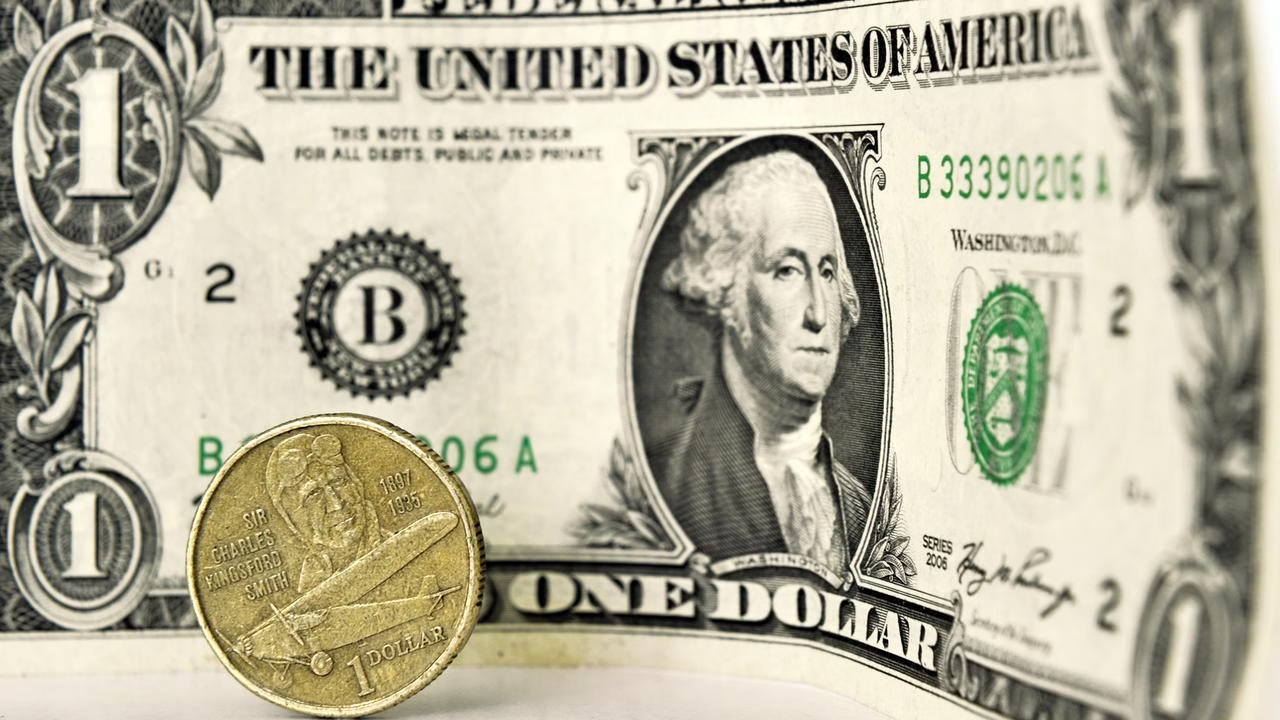Gold prices edged higher on Wednesday as the U.S. dollar and Treasury yields continued to retreat, with investors closely monitoring the fragile truce between Iran and Israel. Broader concerns over U.S. economic policy, inflation, and softening labor market conditions also added momentum to the safe-haven metal’s appeal.
As of 2:50 AM GMT, spot gold was trading up 0.2% at $3,328.89 per ounce, rebounding from a more than two-week low it hit on Tuesday. Meanwhile, U.S. gold futures rose 0.3% to $3,343.00.
Weaker Dollar Boosts Gold’s Appeal
The U.S. dollar index (.DXY) hovered near a one-week low, making gold more affordable and attractive for investors holding other currencies. The benchmark 10-year U.S. Treasury yields also remained close to a one-month low, reducing the opportunity cost of holding non-yielding bullion.
Kelvin Wong, senior market analyst at OANDA, noted, The technical selling of the U.S. dollar and weaker U.S. Treasury yield have benefited gold prices.Wong added that a further drop in the dollar, along with rising concerns about the U.S. fiscal deficit and tariff policies, could trigger a breakout in gold prices.
Geopolitical Calm Brings Temporary Relief
Tensions in the Middle East remain a crucial factor for gold, traditionally seen as a safe haven during geopolitical turmoil. On Tuesday, both Iran and Israel signaled a halt to the recent air strikes, hinting at a temporary end to direct conflict. The move followed a stern rebuke by U.S. President Donald Trump, who publicly scolded both nations for violating a ceasefire he had announced earlier.
While the truce has eased immediate fears, analysts warn that the underlying hostility between the two nations keeps the region on edge, potentially supporting gold demand in the near term.
U.S. Economic Concerns Underpin Gold Rally
In addition to geopolitical developments, economic data from the United States also contributed to the bullish tone for gold. U.S. consumer confidence unexpectedly declined in June, reflecting growing household concerns over job availability. This signals a potential weakening in labor market conditions, adding another layer of uncertainty to the U.S. economic outlook.
Fed Chair Jerome Powell highlighted on Tuesday that higher tariffs imposed by the Trump administration could begin driving up inflation this summer. He told members of Congress that this period would be key to the Federal Reserve’s consideration of potential interest rate cuts. If inflation rises and job market conditions deteriorate simultaneously, the Fed may face increasing pressure to act, which could benefit gold further as a hedge against inflation and monetary easing.
Central Banks Eye More Gold Reserves
A recent report by the Official Monetary and Financial Institutions Forum (OMFIF) revealed that one in three central banks, collectively managing around $5 trillion in assets, plan to increase their gold holdings over the next one to two years. This marks the highest anticipated gold exposure in at least five years, signaling growing confidence in the metal’s long-term value amid global financial uncertainty.
Broader Precious Metals Market Mixed
Elsewhere in the precious metals market:
- Spot silver remained flat at $35.90 per ounce, maintaining its recent gains.
- Platinum dipped 0.3% to $1,312.56, facing slight selling pressure.
- Palladium also edged down 0.5% to $1,060.50, continuing a volatile trading trend.
With a volatile mix of geopolitical risk, economic uncertainty, and monetary policy shifts, gold remains in a pivotal position. Investors are keeping a close eye on the dollar, Treasury yields, and inflation signals as potential catalysts for further movement in gold prices.
As the second half of 2025 begins, analysts believe that if current trends persist—especially with easing tensions in the Middle East and mounting domestic pressure on the U.S. economy—gold could be poised for another bullish breakout, supported by strong institutional demand and safe-haven buying.



